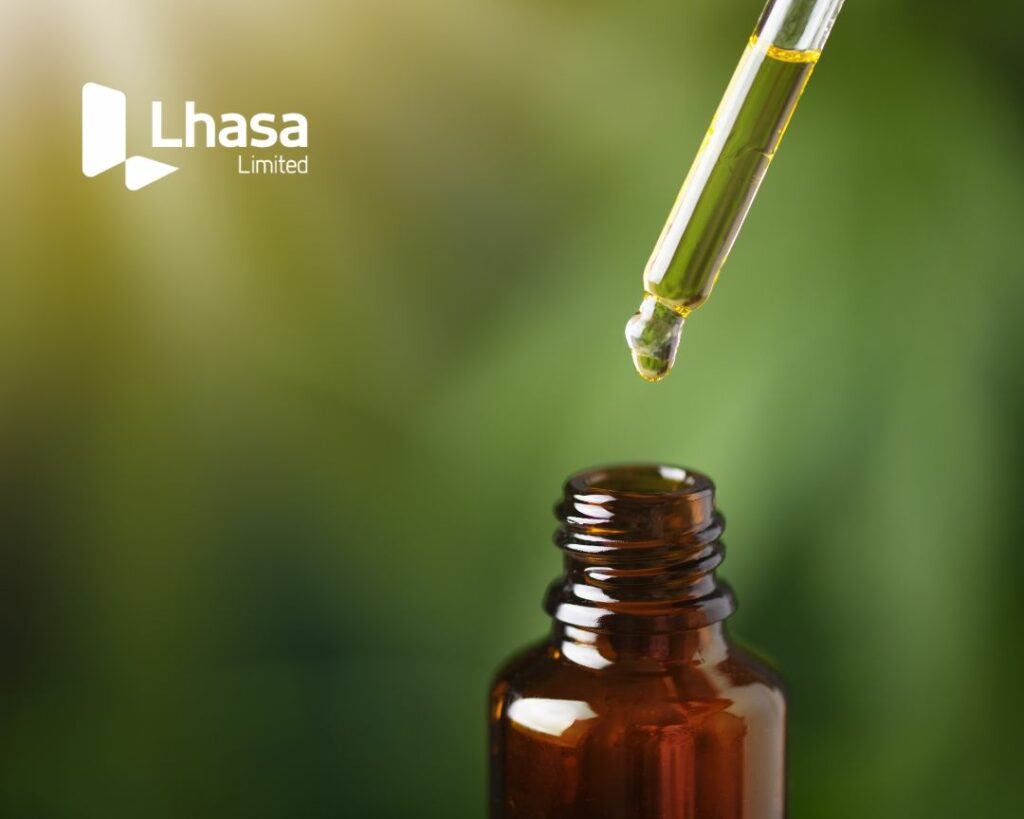Leeds Digital Festival 2024
We’re excited to be part of the Leeds Digital Festival 2024 with our event, Exploring Scientific Software Architecture, in collaboration with Codurance. What is the Leeds Digital Festival? The Leeds Digital Festival is a collaborative celebration of digital culture in all its forms. Spanning two weeks, the festival will feature over 200 events, showcasing […]
Leeds Digital Festival 2024 Read More »










